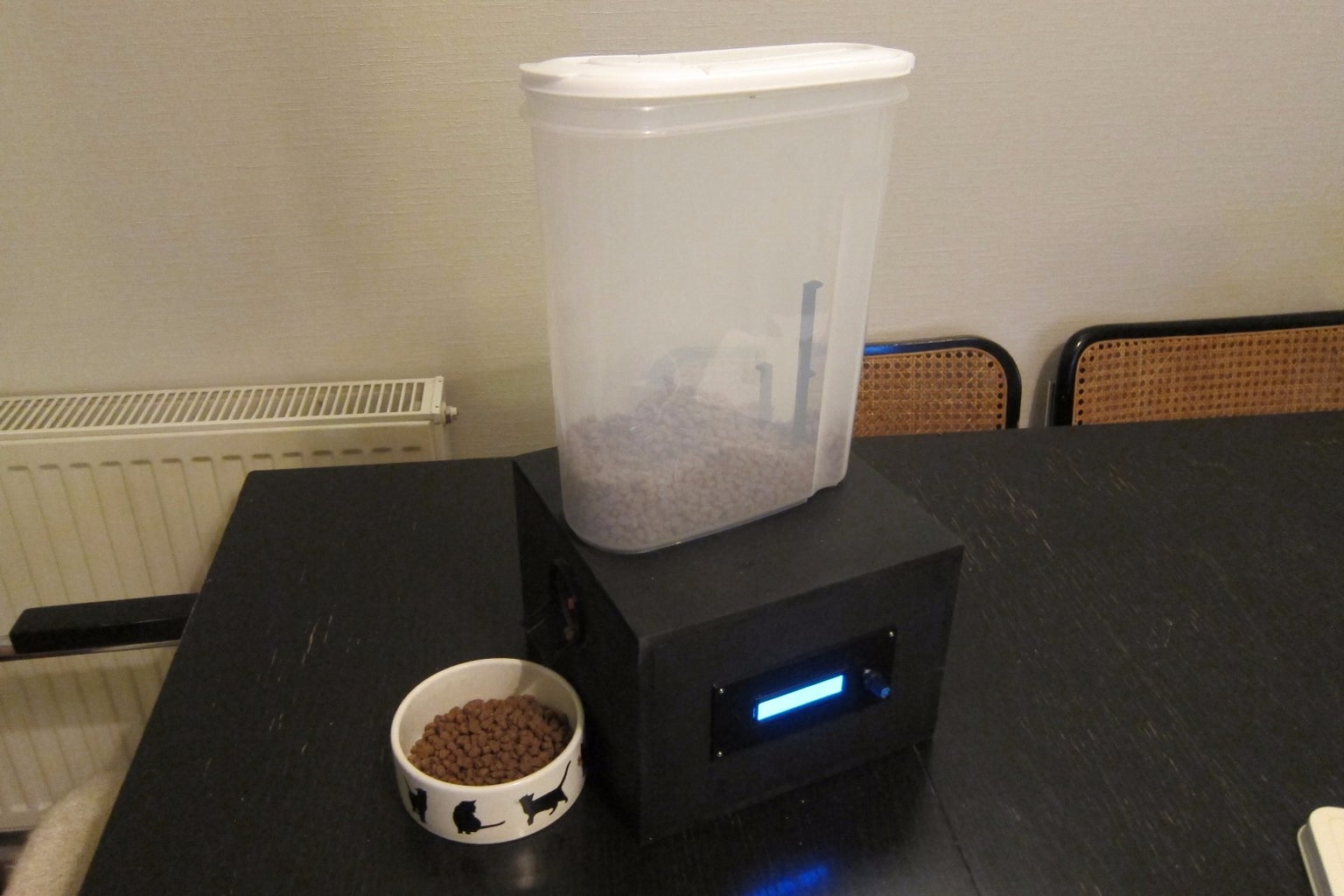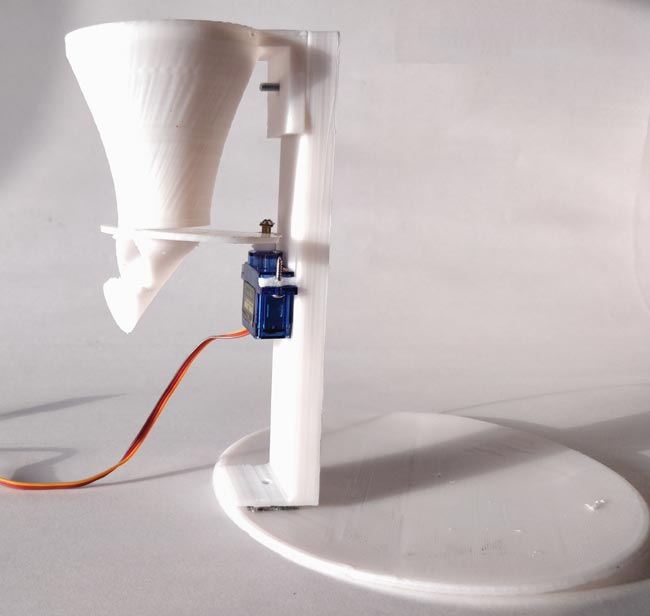Automatic Arduino Powered Pet Feeder 6 Steps with Pictures Circuit Diagram Automatic Pet Feeder using Arduino from circuitdigest.com Introduction. As pet owners, we all want to make sure our furry friends are well-fed and taken care of, even when we're not home. One way to ensure they're getting the right amount of food at the right time is by using an automatic pet feeder.

Automatic Pet Feeder How To Set up The Apparatus And Automate It Using Arduino? The purpose of this technique is to make a system, more effective from the systems available in the market like gravity feeders, with comparatively low cost. Our system will be responsible for maintaining the constant supply of food and water both to the pets.

Pet Feeder Controlled Via WiFi Circuit Diagram
First, install the servo library. Next, the system is programmed to dispense feed after 5 seconds. The servomotor moves to angle 40 to move the lid away from the bottle opening for about 200 milliseconds to release the feed, then closes again by moving the arm of the servo to angle 100 sliding the lid back under the bottle opening. Therefore, the command name (Feed) specified for the Pet Feeder movements should be defined correctly. Upload the source code to the Wemos D1 Mini board. Displays the local IP address required for communication with the Pet Feeder. Enter the local IP address displayed on the serial monitor into the application.

Today we are building an Arduino based Automatic Pet Feeder which can automatically serve food to your pet timely. It has a DS3231 RTC (Real Time Clock) Modu In this project, you'll learn how to build a programmable Arduino Automatic Pet Feeder that dispenses food at specified times using an Arduino, a servo motor, and a few other components. Benefits of Using an Arduino Automatic Pet Feeder. Automating your pet's feeding schedule with an Arduino Automatic Pet Feeder has several advantages:

Automate Pet Care: A Guide to Arduino Circuit Diagram
Use the images above for reference. Option 2 (Not tested, should work): Get a reasonably sized cardboard box or something, and cut a hole about the same size as the servo. Your servos also should come with a small plastic bag containing the "horns" of the servos. In this project we will see how to make a 3D printed pet feeder. All modeled parts are available for you to replicate the project in your home. The system is very simple: you are asked to enter two times when you want to distribute food, for example 8:30 and 17:30, then, at the indicated time, the stepper motor is activated and drops the food.
